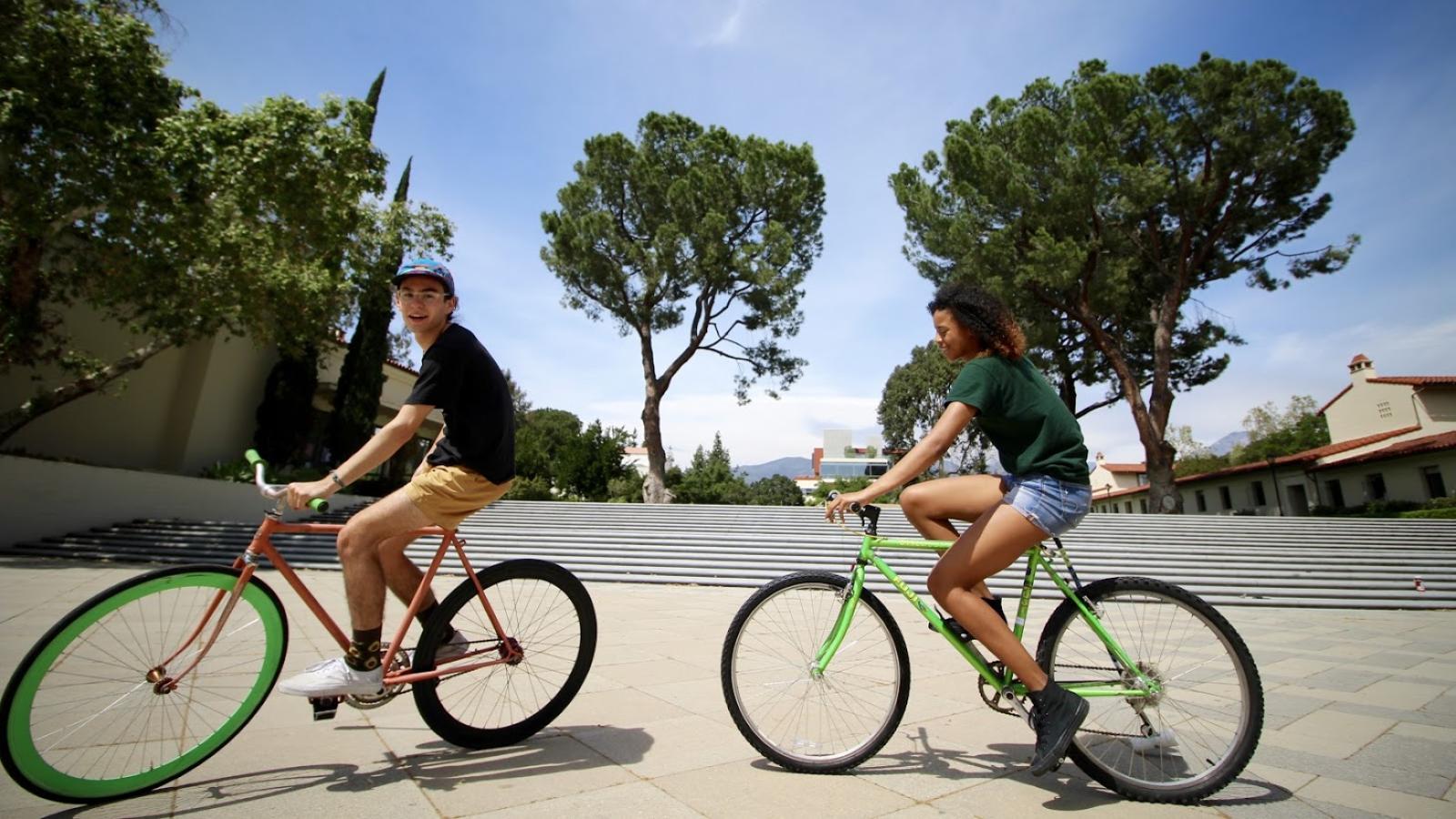Lack of physical activity is one of the strongest risk factors for severe COVID-19 outcomes, according to a new study by a team of researchers from Kaiser Permanente Southern California and Pomona College Professor of Economics Gary Smith, a statistical analysis expert. The study was published today in the journal British Journal of Sports Medicine.
The observational study led by Kaiser Permanente’s Family and Sports Medicine Physician Robert Sallis, took account of the self-reported physical activity for the past three years of more than 48,000 Kaiser Permanente adult patients diagnosed with COVID-19 in Southern California from Jan. 1, 2020 to Oct. 21, 2020.
Patients who were less physically active before their COVID-19 infection were more likely to be hospitalized, admitted to an intensive care unit and die than were patients who had been consistently active. Being consistently active is defined as 150 or more minutes per week of moderate to vigorous physical activity, such as a brisk walk, as recommended by the Physical Activity Guidelines for Americans.
“The hopeful takeaway here is that physical inactivity is something people can change,’’ says Smith. “With all the challenges of the pandemic, getting more exercise may be one way people can take action to improve their health and reduce risks.”
Overall, 6.4% of the patients were consistently physically active (150 or more minutes/week), 79.1% were inconsistently active (11 to 149 minutes/week) and 14.4% were consistently inactive (0 to 10 minutes/week).
Taking into account age, gender, race, body mass index (BMI) and several other possible confounding influences, the chances of death were 1.89 times higher for those who were inconsistently active and 2.49 times higher for those who were consistently inactive, in comparison to patients who were consistently physically active.
The study’s findings strongly suggest that engaging in regular physical activity appears to significantly reduce the risk for severe COVID-19 outcomes. Physical inactivity is something people can change and in the causal chain for most risk factors for severe COVID-19, so it is important to understand whether being physically active can help mitigate that risk, according to the researchers.
“While pre-pandemic levels of physical activity were generally insufficient, pandemic control measures have likely had the unintended consequence of reducing physical activity even more. Pandemic control measures should prioritize supporting regular physical activity to lessen COVID-19 morbidity and mortality,” the researchers say.
Smith and Sallis’ research relationship goes back many years. Sallis, was the head team physician for Pomona-Pitzer Athletics and has co-authored with Smith, a sports statistics expert, several academic papers. Sallis is the creator and lead advocate for the national and now international movement “Exercise is Medicine.”
In addition to Sallis and Smith, the study’s research team included Kaiser Permanente’s Deborah Rohm Young, Sara Y. Tartof, Qiaowu Li, Jeevan Sall and Deborah Cohen; as well as James Sallis from University of California, San Diego.
